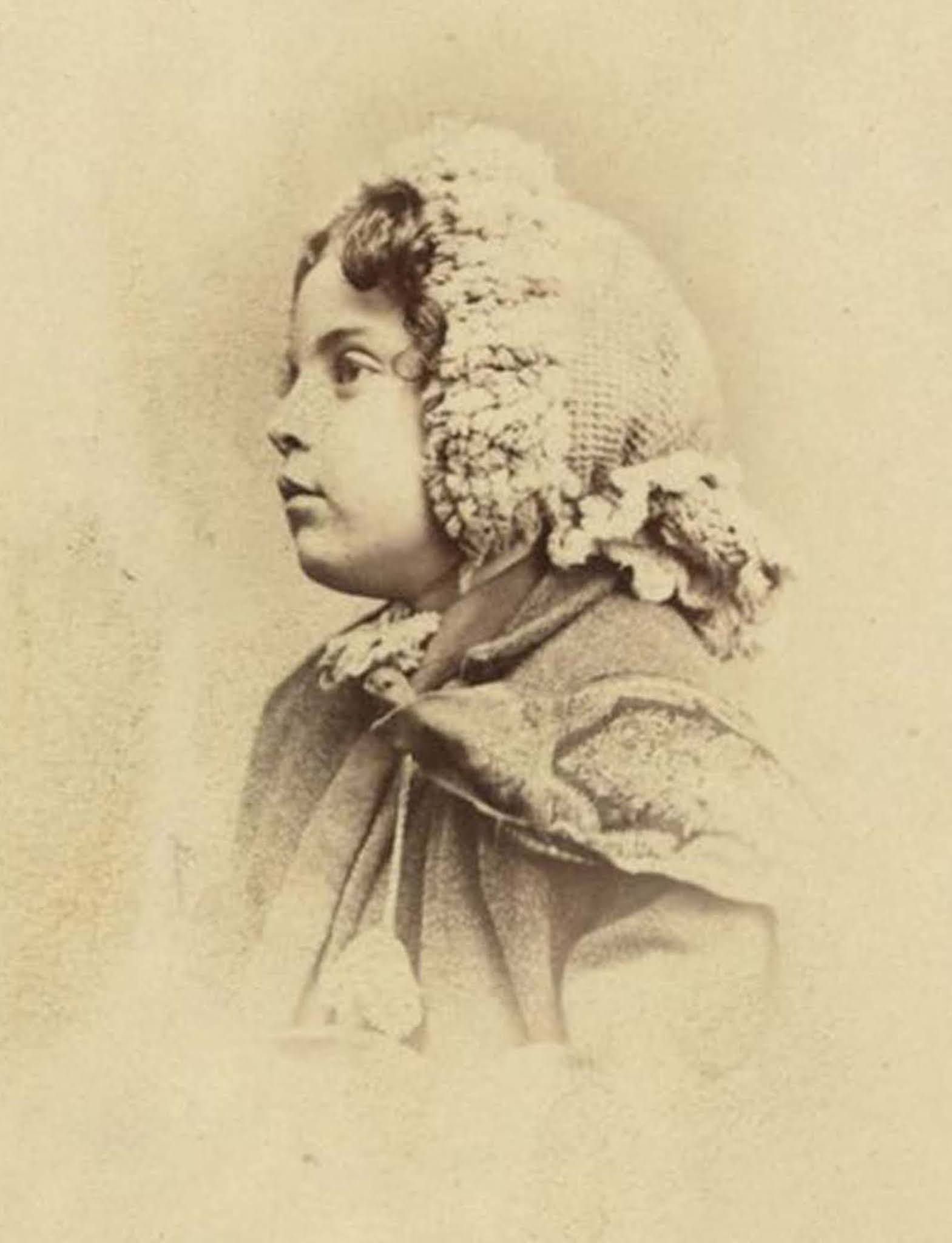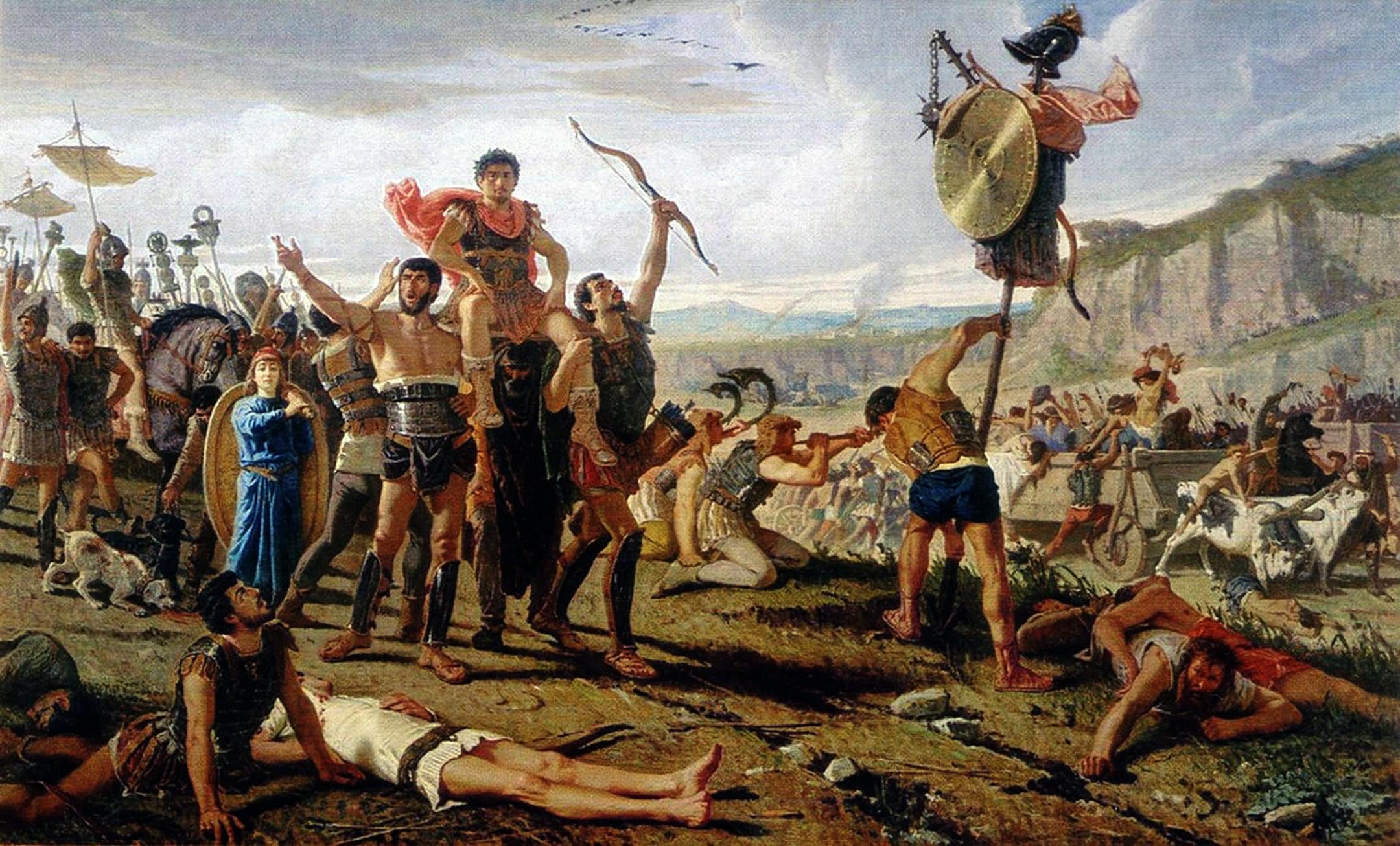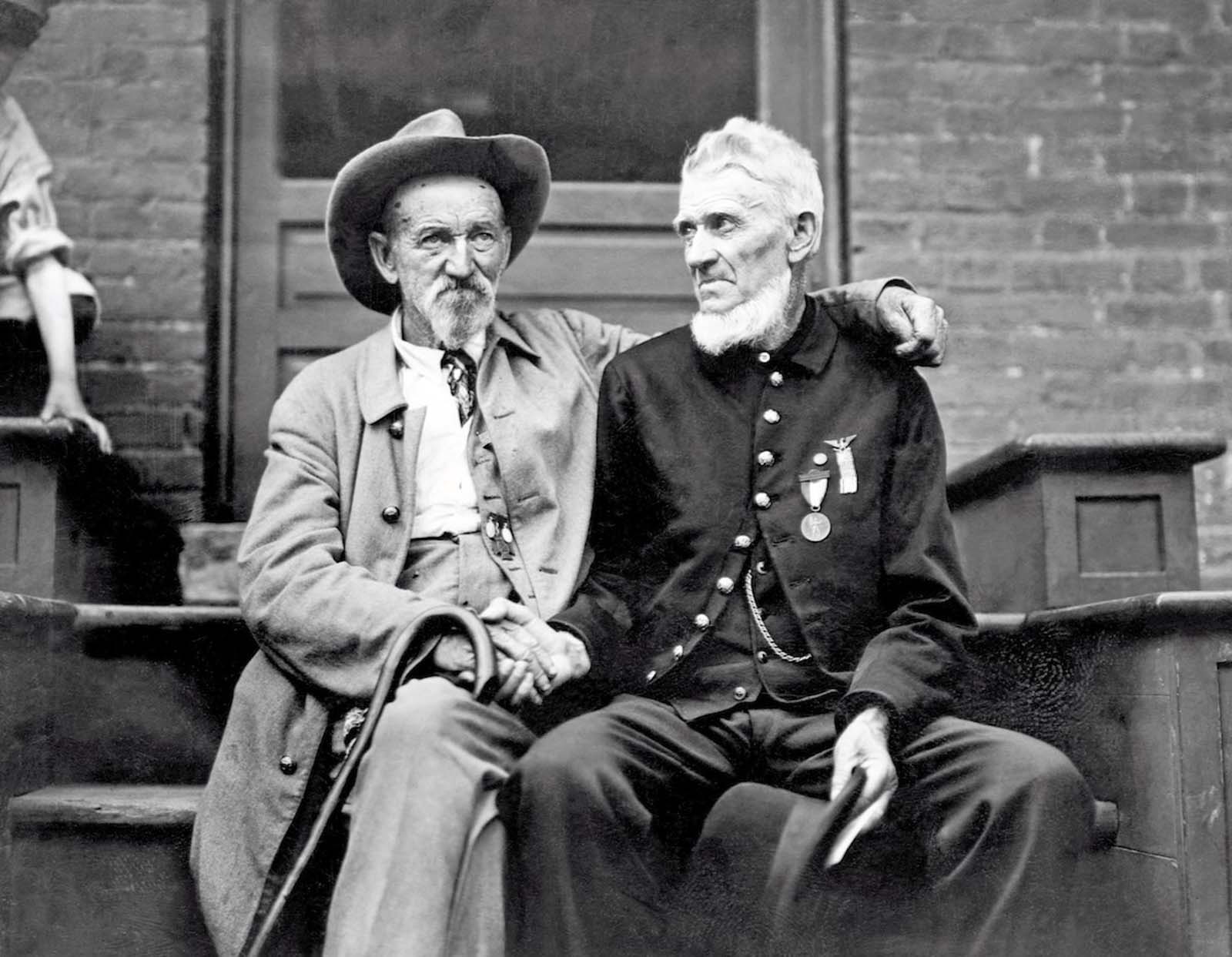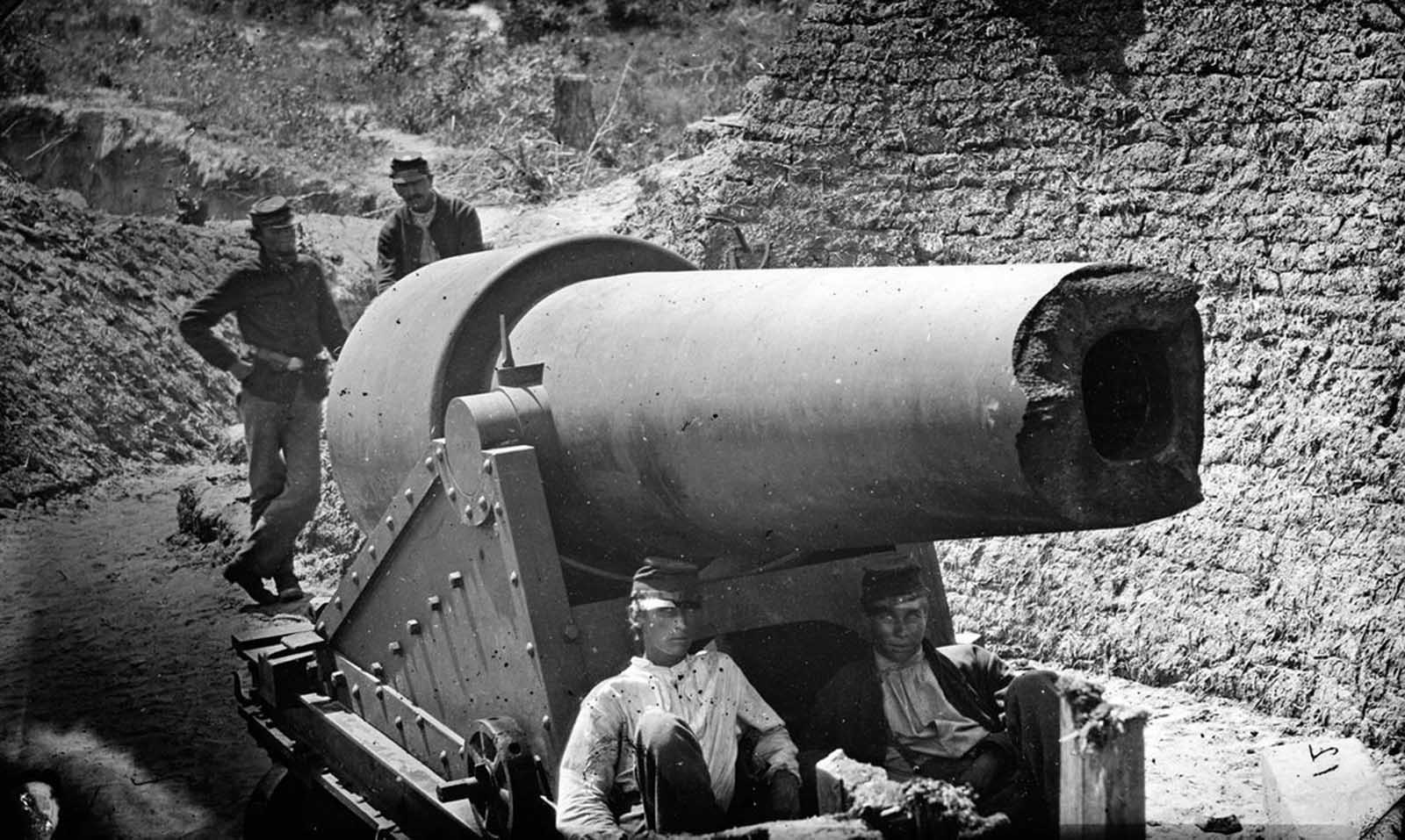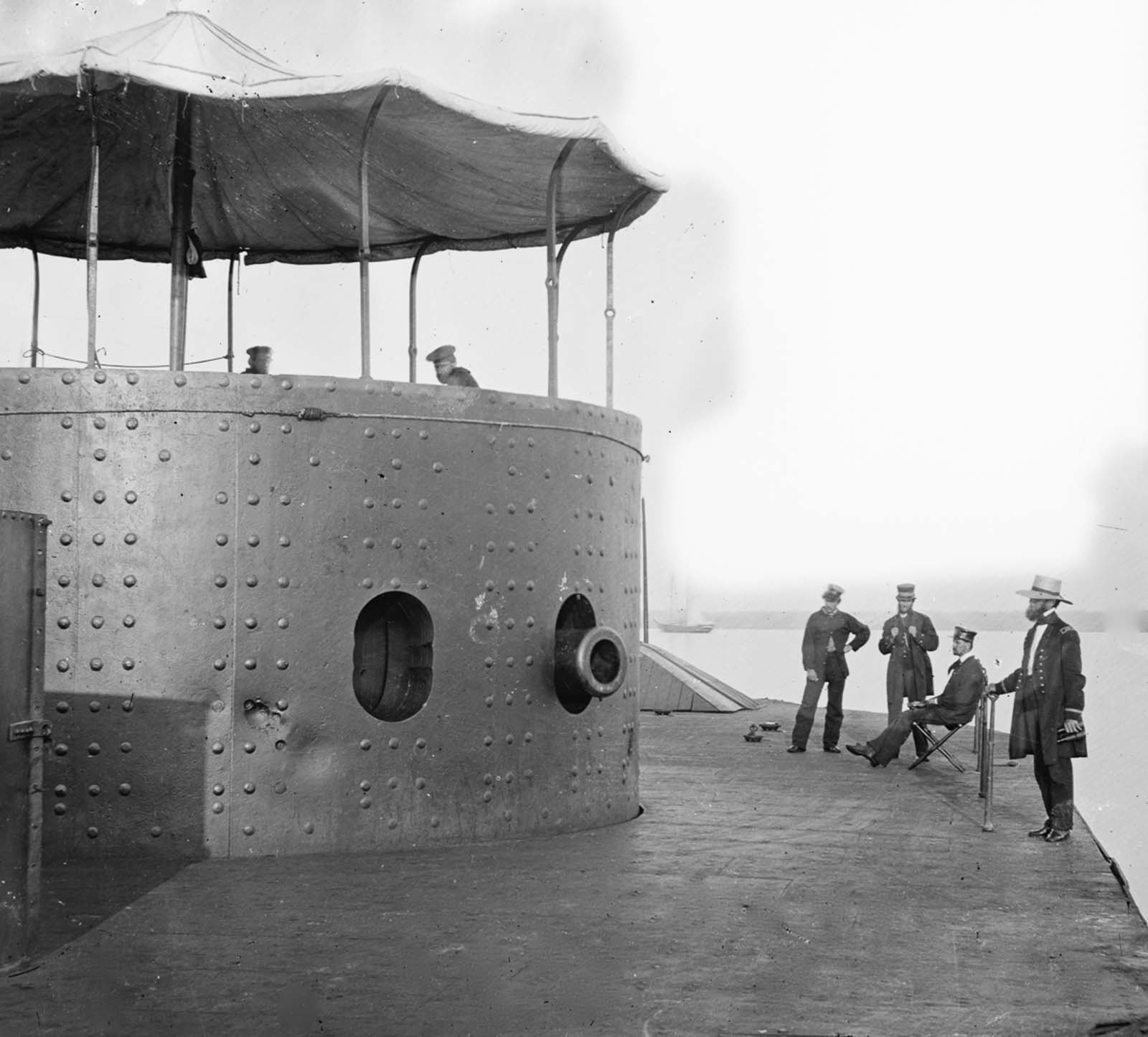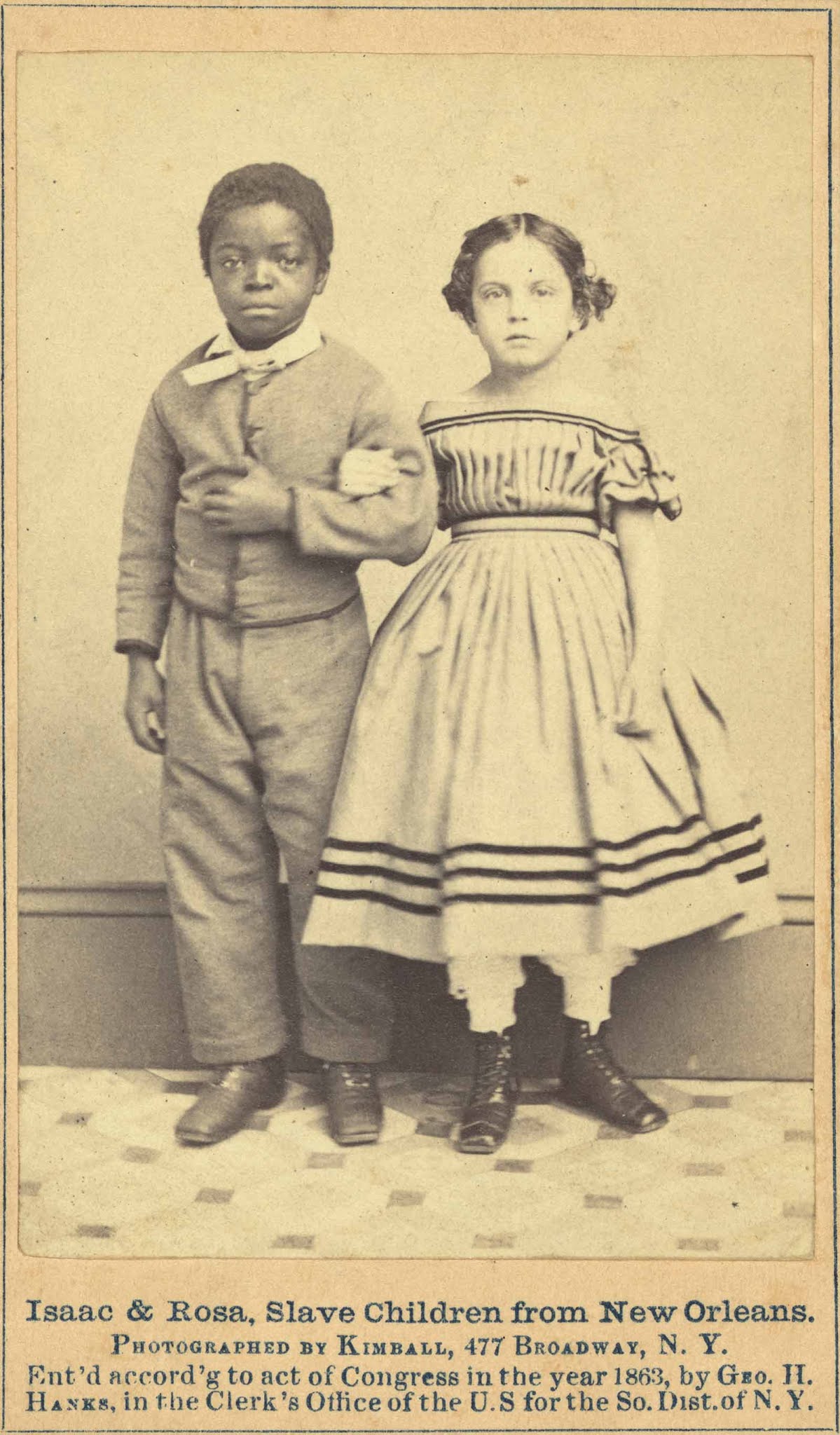
The picture above shows eight years old Isaac and six years old Rosa with arms linked and looking into the camera.
These two former slave children from Louisiana somehow found themselves in a Broadway photographer’s studio in 1863. Before the children had their pictures taken, the children were owned by slaveholders in New Orleans.
The biography of Isaac and Rosa, the two former slave children, was published in an article in Harper’s Weekly on January 30, 1864. The article shared these details;
Isaac White is a black boy of eight years, but nonetheless more intelligent than his whiter companions. He has been in school about seven months, and I venture to say that not one boy in fifty would have made as much improvement in that space of time.
Rosina Downs is not quite seven years old. She is a fair child with a blonde complexion and silky hair. Her father is in the rebel army. She has one sister as white as herself and three darker brothers. Her mother, a bright mulatto, lives in New Orleans in a poor hut and has hard work to support her family.
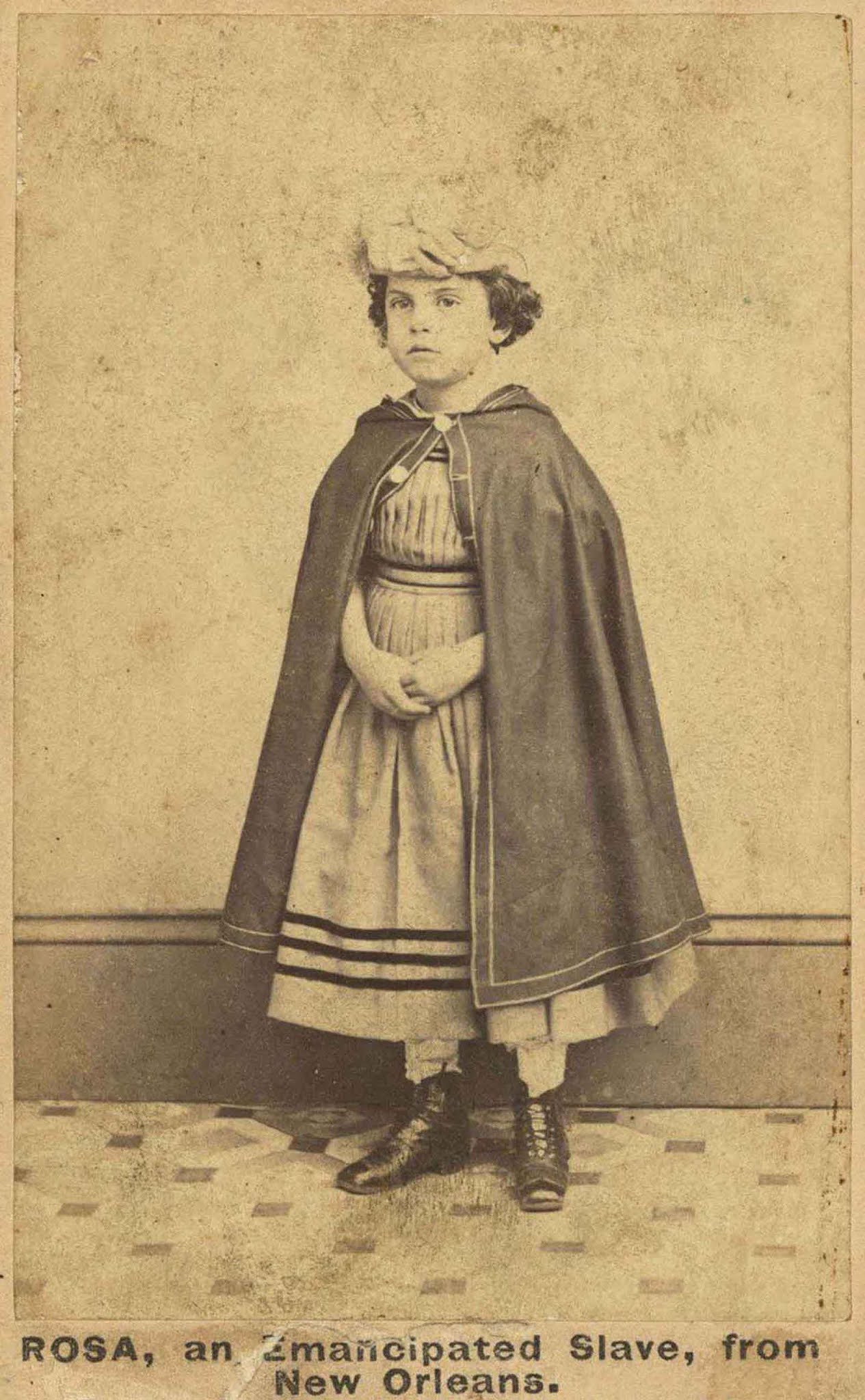
The sale of their portrait would fund newly established schools for former slaves in southern Louisiana, a region already occupied by the Union army. In act, the Civil War still had its hold on the nation, with death tolls and discontent on the rise. The portrait of Isaac and Rosa, at once charming and provocative, said much about the uncertainties that hung in the air that year.
They made a spectacular pair, a black-skinned boy and a white-skinned girl. This was one of the most scandalous of the numerous racial taboos in nineteenth-century America.
However, Rosa could toy with a person’s ability to see blackness and colour because she was, in fact, a “coloured” girl who only looked white. This made them more intriguing.
Dressed like a gentleman and lady making an entrance, Isaac wore a suit with tie and collar, his cap in hand, and Rosa wore a dress and cape, full petticoats, and a fancy hat. This, however, was the aim of the photograph; in anticipation of the adults, they would become.
The portrait “Isaac and Rosa, Emancipated Slave Children from the Free Schools of Louisiana” served as a picture of the future and the possibilities of many futures that could be achieved in 1863.
